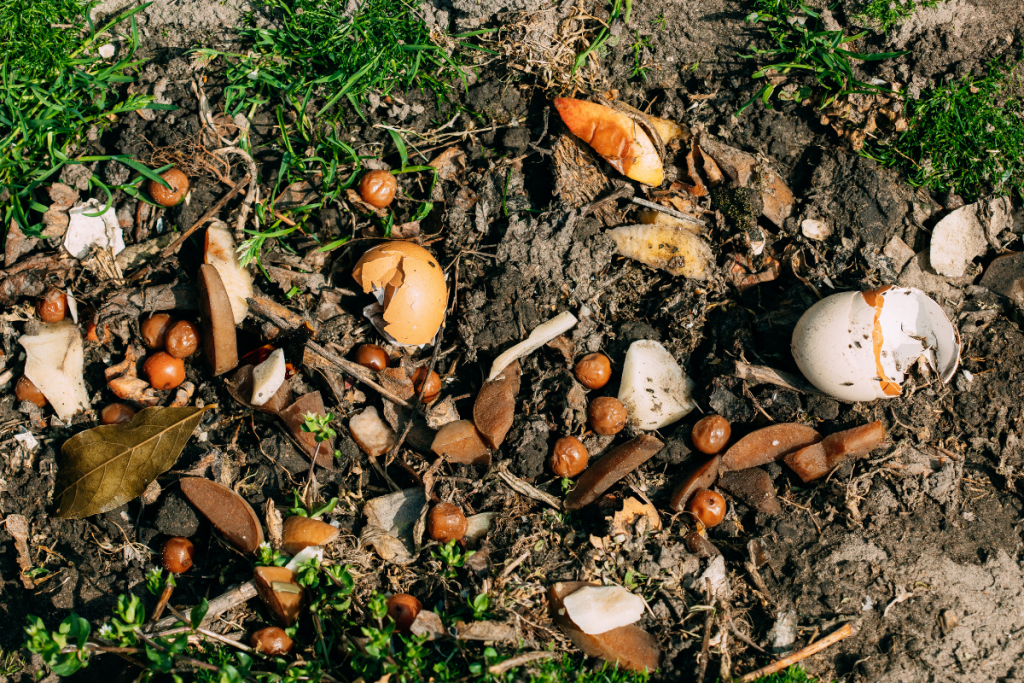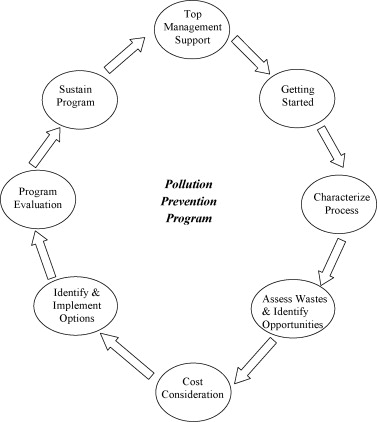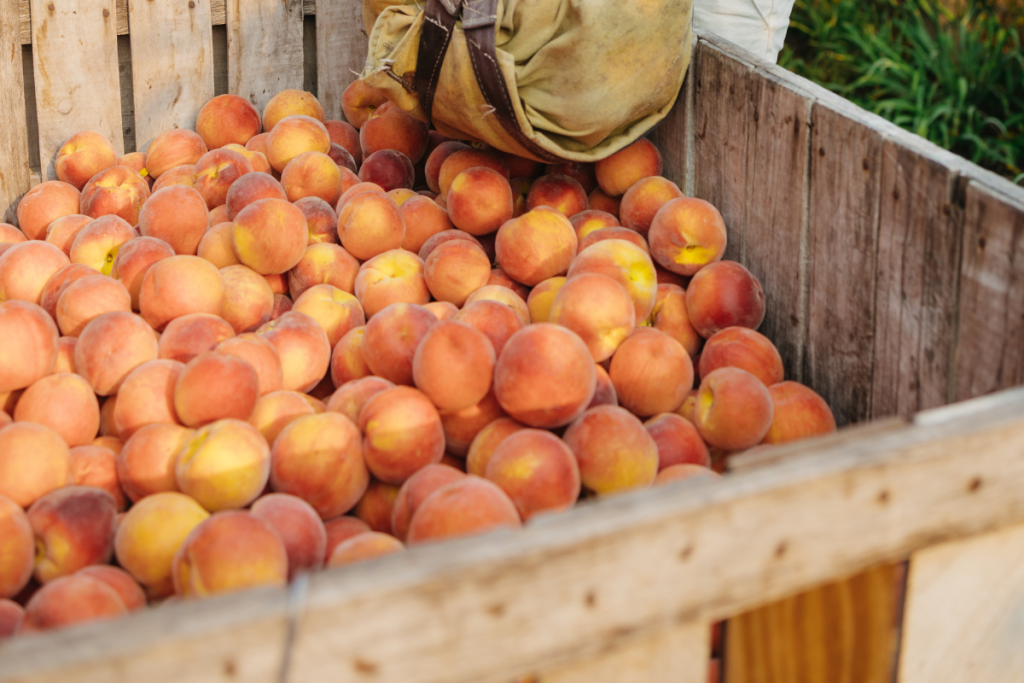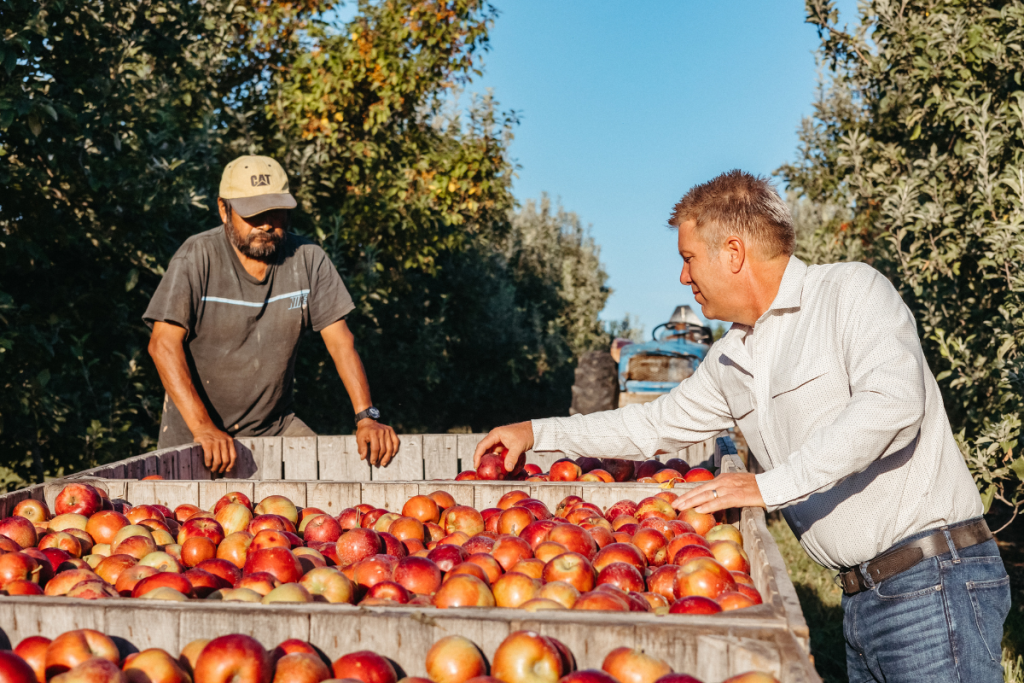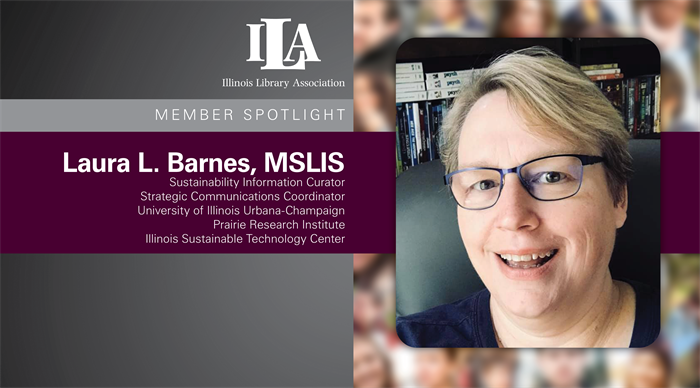Pollution Prevention (P2) Week begins on Monday. The 2023 theme is Pollution Prevention Works.
In celebration, this post highlights some classic P2 publications. Although these were originally in the published in the 1990s through early 2000s, they contain a trove of useful information to make P2 work in modern industrial facilities.
Want to learn more? Visit the Pollution Prevention 101 LibGuide for a comprehensive guide to pollution prevention and sustainable business resources.
EPA Sector Notebooks (U.S. EPA, late 1990s)
EPA’s Office of Enforcement and Compliance Assurance (OECA) developed the EPA Sector Notebooks to provide chemical profiles of selected industries. Each profile includes information about the processes conducted in the industry, chemical releases and transfers of chemicals, opportunities for pollution prevention, pertinent federal statutes and regulations, and compliance initiatives associated with the sector. Although these notebooks were published in the late 1990s, they still contain a wealth of information about the production processes, environmental impacts, and pollution prevention options for these sectors.
Facility Pollution Prevention Guide (U.S. EPA, 1992)
For those who are interested in and responsible for pollution prevention in industrial or service facilities. Summarizes the benefits of a company-wide pollution prevention program and suggests ways to incorporate pollution prevention in company policies and practices.
Guide to Industrial Assessments for Pollution Prevention and Energy Efficiency (U.S. EPA, 1990)
Presents an overview of industrial assessments and the general framework for conducting them. It describes combined assessments for pollution prevention and energy and provides guidance for performing them at industrial or other commercial facilities.
The Industrial Green Game: Implications for Environmental Design and Management (National Academies Press, 1997)
This volume examines industrial circulation of materials, energy efficiency strategies, “green” accounting, life-cycle analysis, and other approaches for preventing pollution and improving performance. Corporate leaders report firsthand on “green” efforts at Ciba-Geigy, Volvo, Kennecott, and Norsk Hydro.
Organizational Guide to Pollution Prevention (U.S. EPA, 2001)
This Pollution Prevention (P2) Guide provides information to help organizations get P2 programs started or to re-evaluate existing P2 programs. It presents an alternative method for working on P2 projects and four approaches to implementing a P2 program in an organization.
Pollution Prevention : A Guide to Project and Program Implementation (Illinois Hazardous Waste Research and Information Center, 1999)
This manual serves as an overview for Illinois businesses of all sizes that have chosen to learn more about developing a pollution prevention program.
Searching for the Profit in Pollution Prevention: Case Studies in the Corporate Evaluation of Environmental Opportunities (U.S. EPA, 1998)
This research was initiated to more fully illuminate the challenges facing industry in the adoption of pollution prevention (P2) opportunities, and to identify issue areas that can be studied and addressed by policy-makers and industry. The case studies in this paper describe three P2 projects that were chosen/or analysis precisely because they were in some way unsuccessful. This analysis, based on a small and non-random sampling, is not necessarily representative of the experiences of all companies or all P2 investment possibilities.
